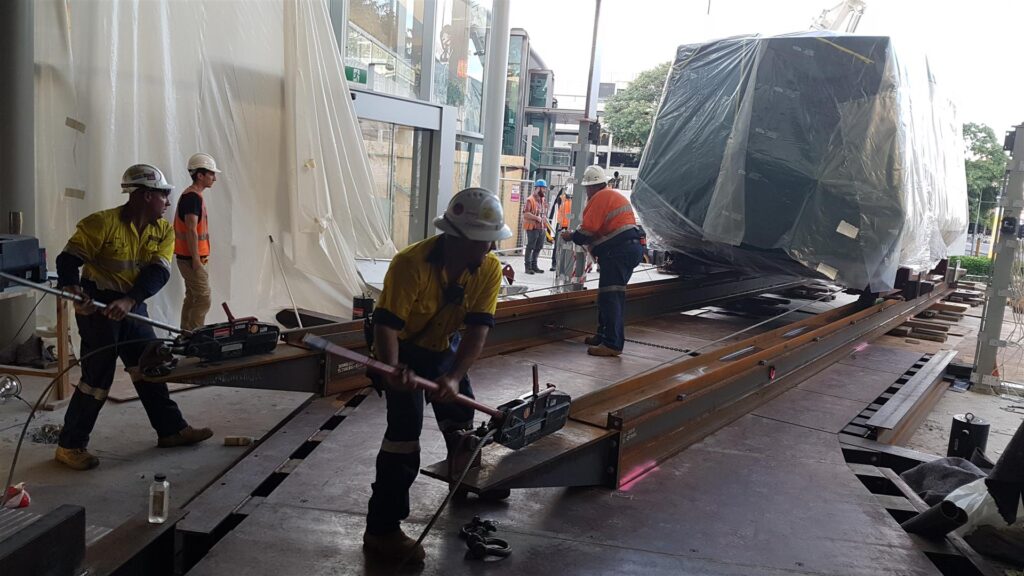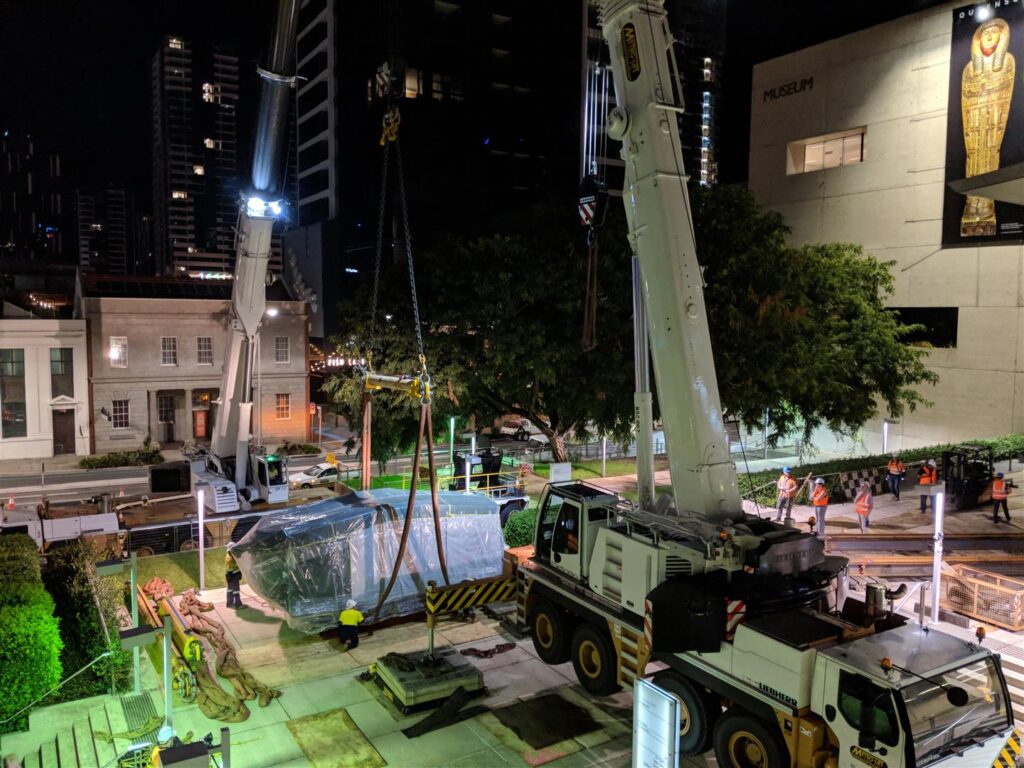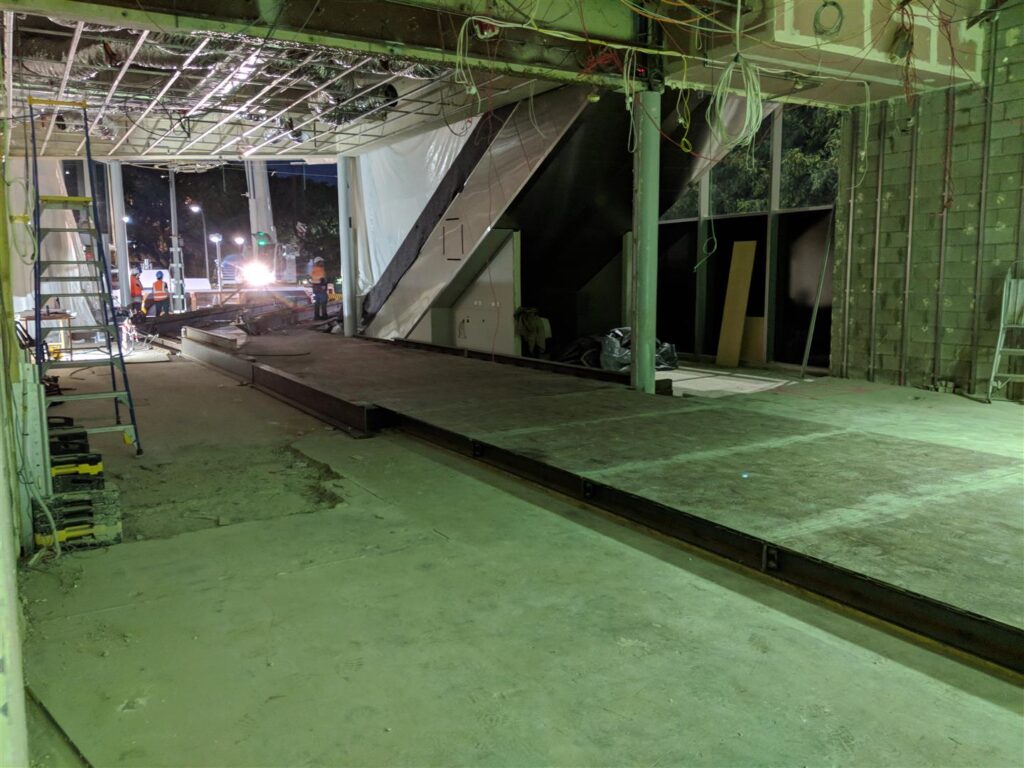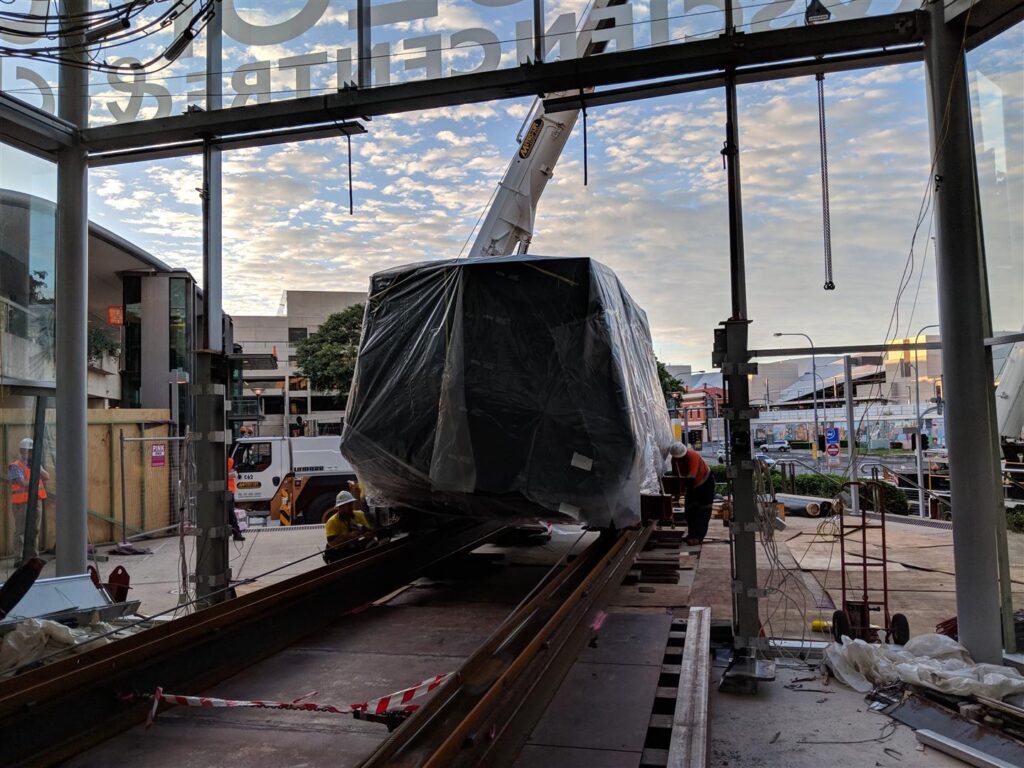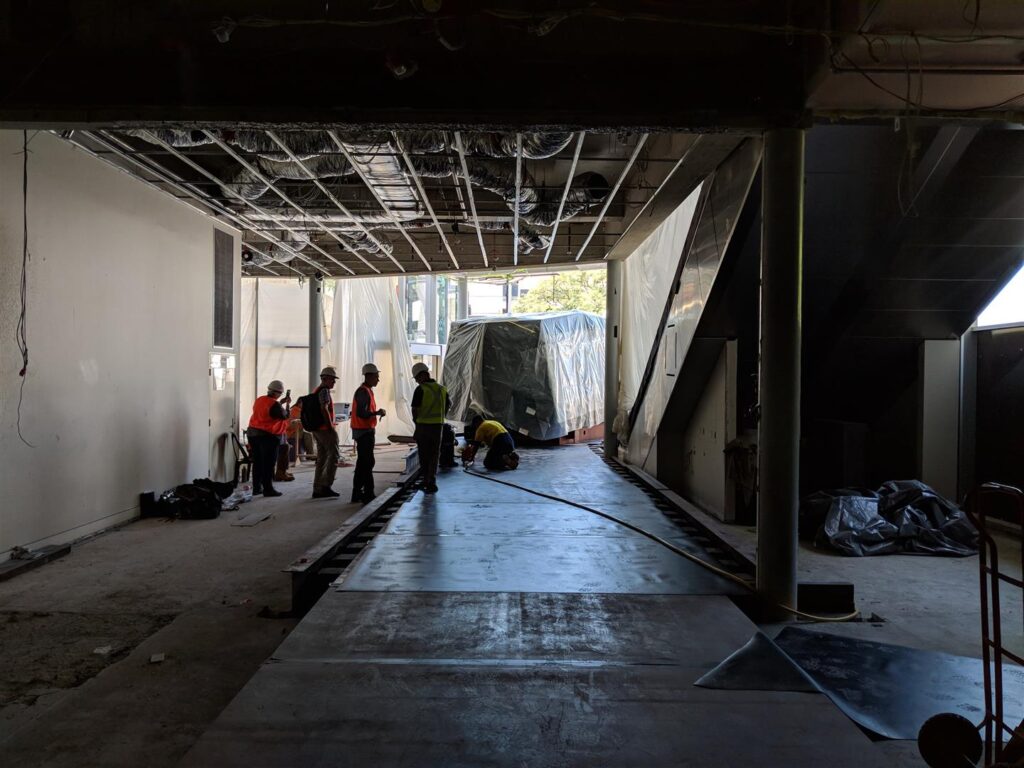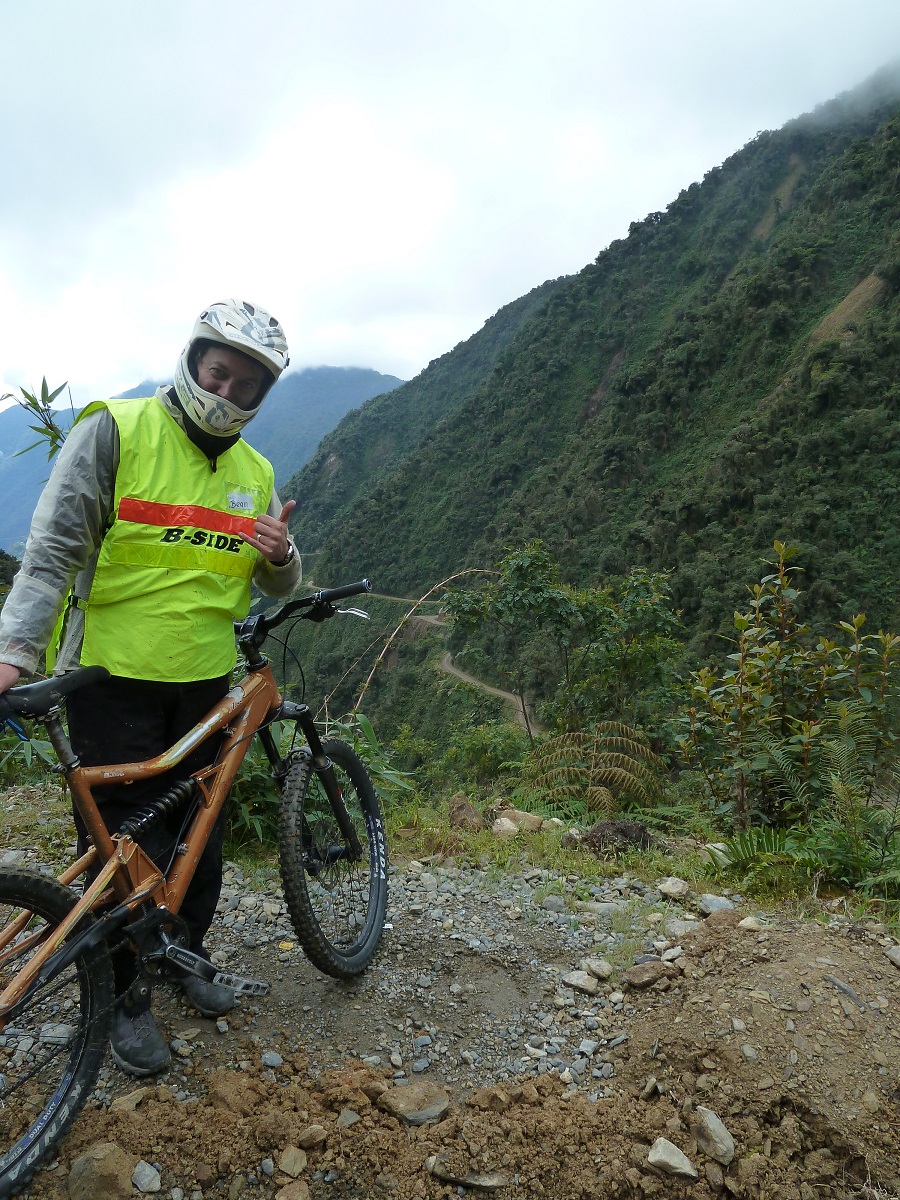Meet the Team – Sean Stacey
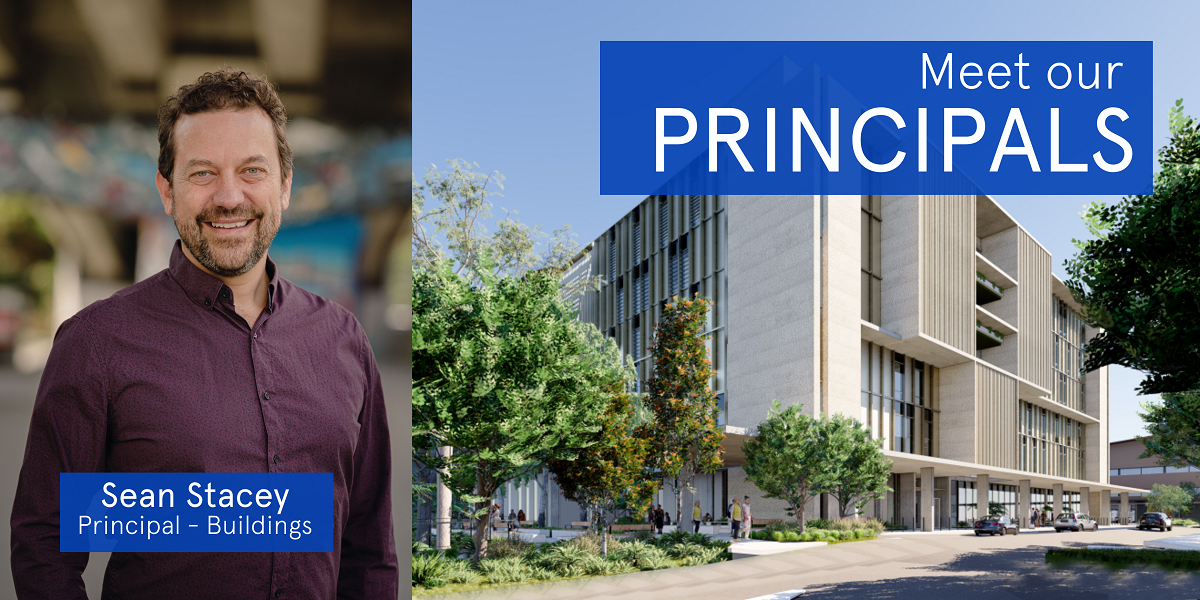
Meet The Team – Sean Stacey
Sean Stacey is Inertia’s Principal – Buildings, who, across his 23-year career, has delivered a range of successful building developments across health and aged care, education, fit-outs, retail, and the arts sectors. With a passion for the outdoors, a love of travel and a favourite project involving a World War 1 behemoth, we caught up with Sean to learn a little more about him and his career.
How did you get to become an engineer?
A lot of it is to do with my Dad, who encourage my love of science, maths and problem-solving. He was a farmer, and maybe there’s a bit of him which wonders ‘what if?’ he had taken a different path into engineering.
Growing up on a farm is probably the perfect environment to appreciate engineering – every building, every tool and piece of equipment is designed to solve a problem and to do so with the minimum fuss and maximum efficiency. It sharpens your appreciation of function and how problems can be addressed with creativity and ingenuity.
It’s also what focused me on buildings; I was never interested in roads, tunnels or bridges, and mechanical engineering was never on the agenda. It was always about creating buildings that make a difference and, ideally, leave a legacy positive legacy for users and communities.
What is your approach to engineering?
I like to keep it simple. Understand the client, engage them in developing the solution you are creating and clearly communicate the problem and the solution.
What has been your favourite project to have worked on?
Ok, this one is a bit unusual, involving the sole surviving A7V Sturmpanzerwagen in the world. The tank saw service in WWI, taking part in a battle in April 1918 in France, where it was captured by the 26th Battalion of the AIF, who named it ‘Mephisto*’ and sent it to Australia as a trophy following the end of the war.
For years, it stood outside the Queensland Museum on Gregory Terrace before being relocated to Queensland Museum at Southbank, where it was on display in the Dinosaur Garden until the floods of 2011, after which it was refurbished before being sent to the Australian War Memorial in Canberra.
My part in the tank’s story comes in 2017 when Mephisto returned to Queensland for installation in its new home in the Queensland Museum’s Anzac Legacy Gallery. My role was to work out how to get Mephisto from Grey Street into the Gallery, no mean feat given that it is 8m long and weighs 33.4 tonnes.
We had to prop the floor so that Mephisto didn’t end up in the basement carpark, but that was the easy bit. The challenge was demolishing the museum’s façade, constructing a temporary bridge from Grey Street into the museum and then moving the tank with a series of lifts and air skirts, all overnight not to disrupt one of the city’s busiest streets and intersections. There’s something exciting about having your heart in your mouth as a massive piece of steel is lifted and manoeuvred into place.
What’s exciting you about our industry at the moment?
The potential. Queensland is an exciting place to be as our state grows, cities mature, and investment is made in vital civil, urban and public infrastructure. We have an opportunity to develop our state for the better, particularly in Brisbane, where we have the eyes of the world turning towards us in the run-up to 2032.
Most locals will tell you that Brisbane came of age with Expo 88, and I think that’s true to an extent – it is when we moved from a country town to a major city. With the Olympics, we will take the next step from a modern city to a global city, and that’s exciting. If we look at the legacy of Expo 88, it provided Brisbane with infrastructure and developments like South Bank that have become a vital part of the city, and we can create similar across the next decade.
What projects are you looking forward to in the year ahead?
With a background in health projects, Queensland Health’s capital works program is very exciting. With thirteen major projects in the pipeline, it’s exciting to see the Government take an innovative approach to managing, procuring, and delivering new or expanded facilities across the state.
It is also interesting to see the design trends, the user considerations and the technology and multipurpose space requirements essential to modern healthcare facilities. It’s an ambitious program in a fast-paced and highly technical environment that will have huge benefits for Queenslanders across the state when delivered.
If you had a time machine, what advice would you give to yourself at the start of your career?
Run! Not really, I think I’d say to myself to put the effort in early to understand the basics and have a good grasp of the first principles. In addition to that, work hard, be patient and have fun. We get to work in an industry packed with new experiences and opportunities to learn, so make the most of it.
And while you are in that time machine, if you could visit and work on a project from the past, what project would you choose?
A sports stadium, I think. There is something fantastic about the science and engineering that goes into the design of a stadium, from the mass movement of people to engineering a structure with massive, cantilevered spaces; a stadium is the type of project that challenges every engineering discipline and the delivery teams. So, I’d probably select the Bird’s Nest stadium used for the 2008 Olympics in Beijing; it was a spectacular design and probably the first stadium that was truly different from an architectural perspective.
What inspires you outside of work?
As a family, we love to travel. From backpacking back in the day to taking the kids away now that they are a little bit older, we try to get away as often as possible.
Thailand is probably my favourite place to visit out of the 40 or so countries I’ve ticked off the bucket list. From the food, culture and people to the stunning beaches and bustling cities, every time we head to Thailand, we have a different experience. Other highlights have been Morocco, Argentina and Bolivia, and I am looking forward to heading to Japan in a few weeks to spend a week in the snow before experiencing a week in Kyoto and Tokyo. One thing that interests me about Japan is how they balance the ultra-hi-tech with traditional and ancient structures and customs.
*Fun fact – store this one away for trivia… Mephistopheles, also known as Mephisto, is a demon featured in German folklore, originally appearing in literature as the demon in the Faust legend.
 Back to News
Back to News
